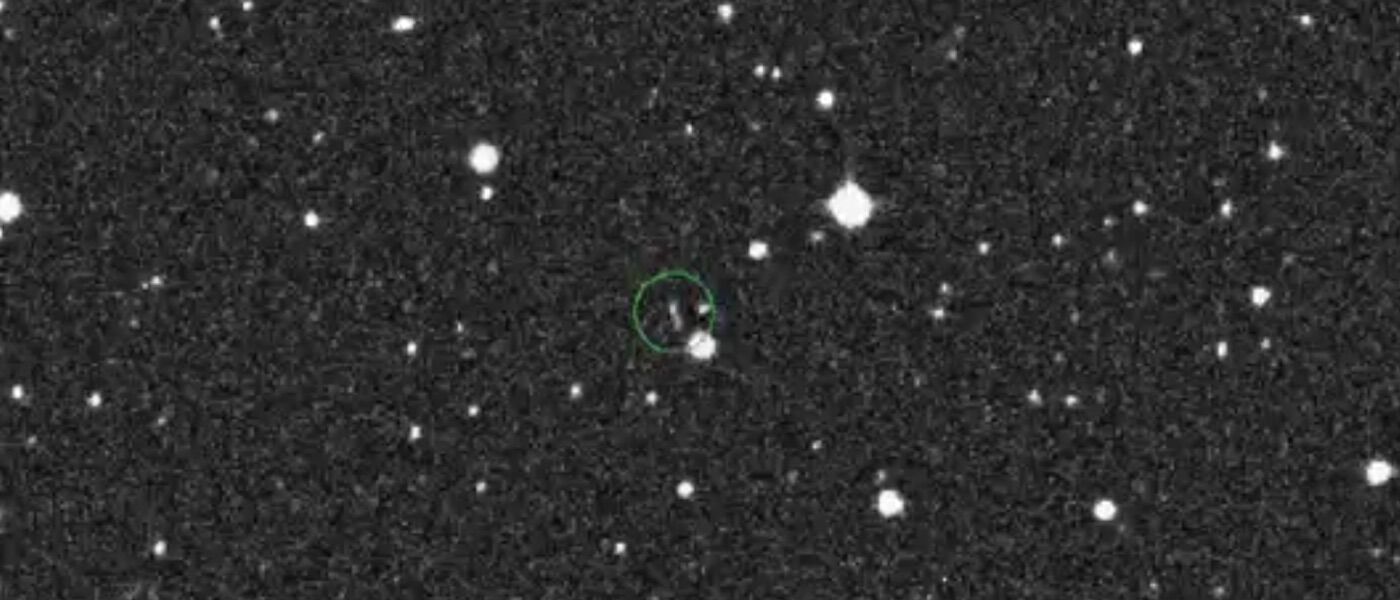A second moon is currently orbiting Earth – yes, really!

For only the second time in recorded history, Earth has another moon!
A second moon? That’s right! Named 2020 CD3, this tiny object has temporarily joined our own moon in an orbit about the Earth. We call objects like these “mini-moons.”
“Mini-moons” are basically rocks (like asteroids) that get pulled in by Earth’s gravity and get stuck orbiting our planet for a while. Eventually, the rocks escape and continue their journey around the Sun. Scientists think there is likely always a temporary mini-moon presently orbiting around Earth. We just don’t usually find them because they are so small! 2020 CD3 seems to be around 6-11 feet across, and was spotted by Catalina Sky Survey astronomers in Arizona.
BIG NEWS (thread 1/3). Earth has a new temporarily captured object/Possible mini-moon called 2020 CD3. On the night of Feb. 15, my Catalina Sky Survey teammate Teddy Pruyne and I found a 20th magnitude object. Here are the discovery images. pic.twitter.com/zLkXyGAkZl
— Kacper Wierzchos (@WierzchosKacper) February 26, 2020
Only one other “mini-moon” has ever been confirmed. Back in 2006, a three-foot-wide asteroid was spotted. This “mini-moon,” called 2006 RH120, only lasted for 18 months before leaving Earth’s gravitational grasp.
The current “mini-moon” may have been in orbit since 2016 or 2017, based on research from several observations. It’s only expected to last for a few more weeks, though.
While scientists at the International Astronomical Union’s Minor Planet Center say there is “no link to a known artificial object,” there is always a chance that 2020 CD3 is actually a piece of space junk. Scientists are still observing the object to answer questions like these. For example, astronomers can study the brightness, or albedo, to help determine what the “mini-moon” is made of.
No matter what our new friend is, we hope 2020 CD3 enjoys its stay around Planet Earth!
Learn more about this space story all weekend in LSC’s Jennifer Chalsty Planetarium, the biggest planetarium in America. We’re currently covering it during our “Wonders of the Night Sky” show.
